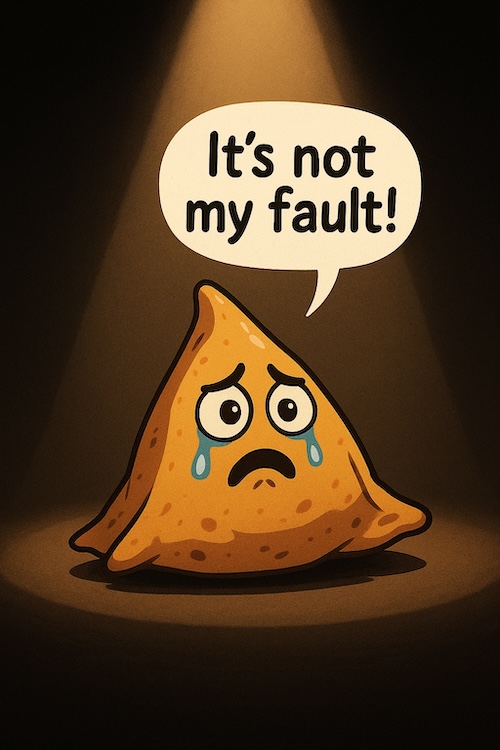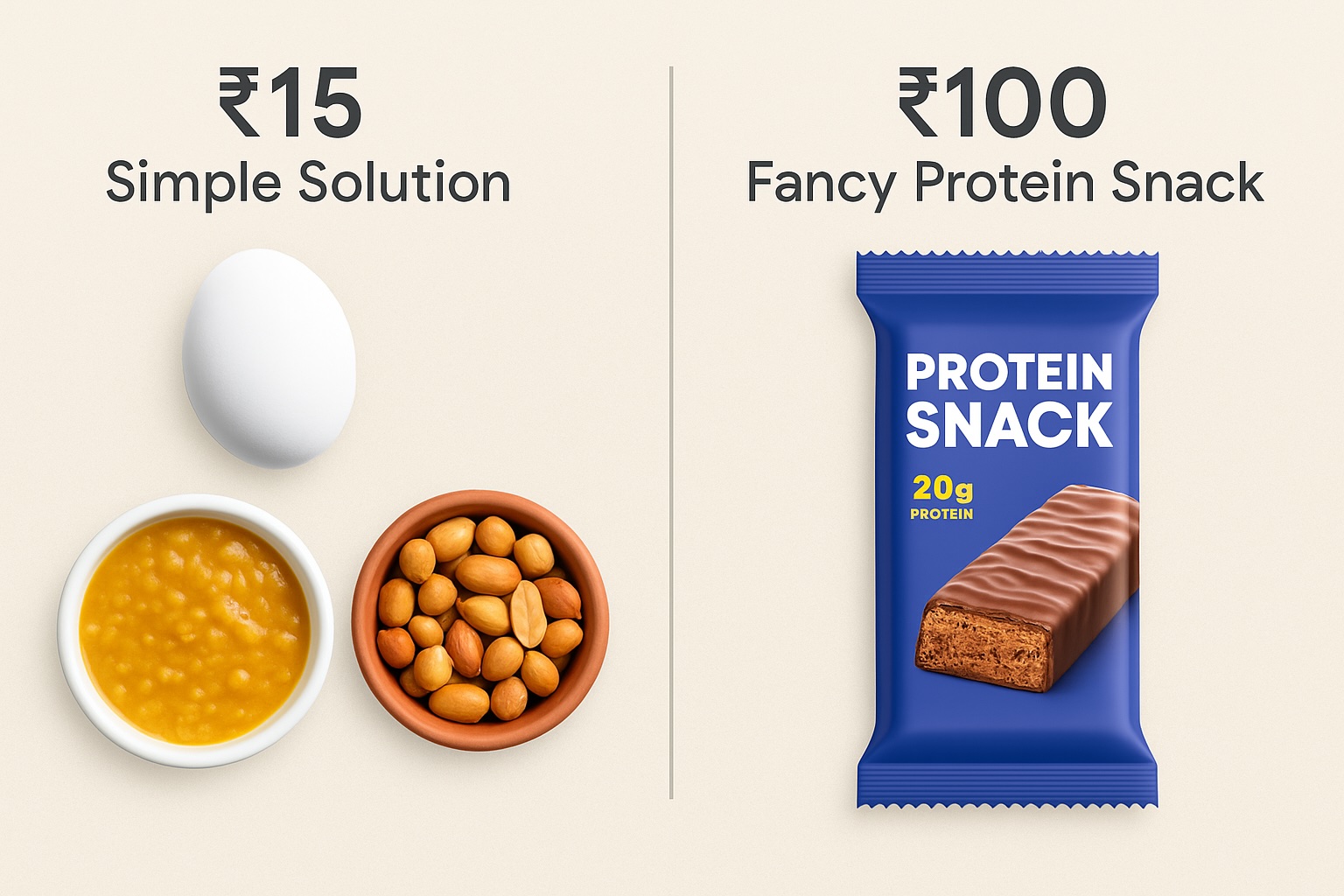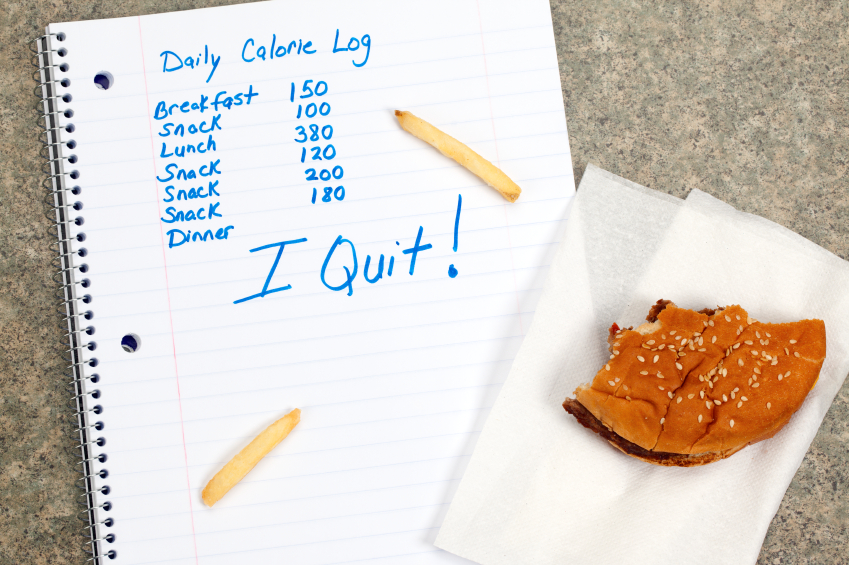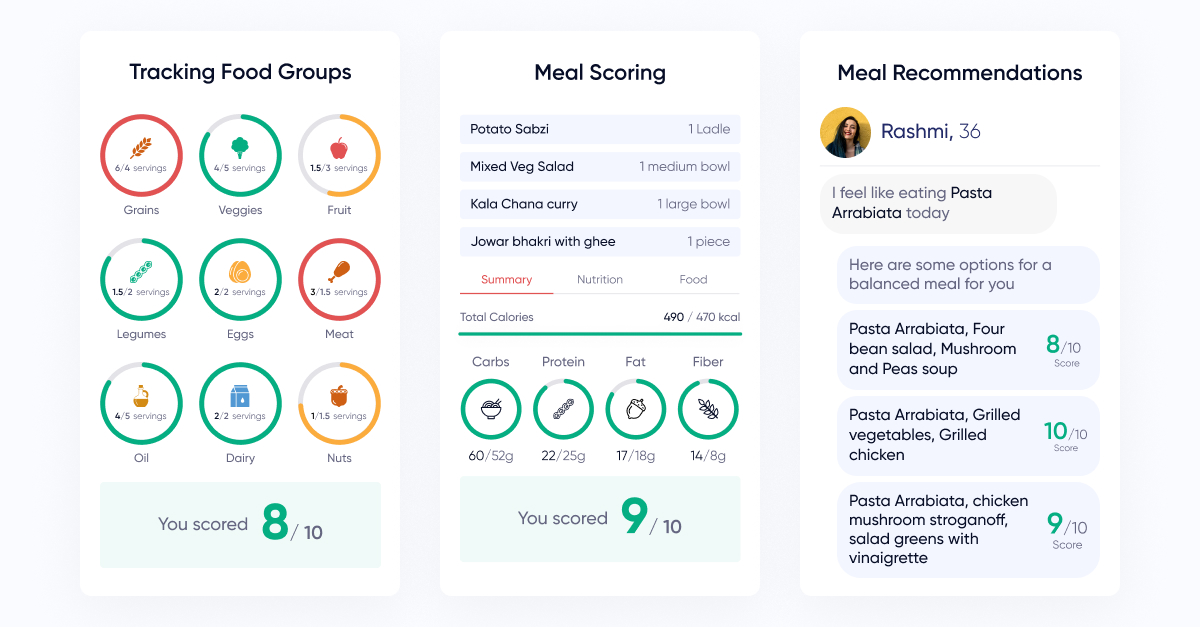
The Union Health Ministry is back with its sights set on India’s most beloved fried triangle—yes, the samosa.
The headlines are dramatic:
❌ High in calories
❌ Cooked in palm oil
❌ Loaded with trans fats
❌ Too many carbs
But let’s take a deep breath—and look at this through a nutritional lens. Not emotion. Not fear. Just food data.

1. Palm Oil = Villain?
Not quite. Nutritionally, palm oil is no worse than ghee or other oils. The problem is how it’s used.
📌 Fun fact: The same samosa, fried properly in palm oil once, is no worse than most home-cooked deep-fried foods.
2. Oil Soaking = High Calories?
Yes and no.
If fried at the right temperature, a samosa soaks the same oil as your bhindi sabzi.
If fried at low temps or reused oil? It can absorb up to 3X more fat. That’s where the calorie spike comes from.
✅ Correct technique = controlled oil absorption
❌ Poor technique = oil sponge disguised as food
3. Trans Fats?
Again, not automatically present.
Trans fats form mostly due to:
This has nothing to do with the samosa itself.
4. Carbs?
Yes, it’s a carb-heavy snack. But that’s not inherently unhealthy.
🧠 Carbs are energy. It’s the excess that causes trouble, not the samosa.

The samosa isn’t the problem. Our cooking practices and assumptions are.
And with a well-built nutrition database, you can separate fact from fried fiction.
At Bon Happetee, we offer a comprehensive Indian food nutrition API that gives you:
Let’s stop villainising foods that have culture, comfort, and context—and instead use data to make better decisions.
Explore Bon Happetee’s Nutrition Database Licensing & API Services.
We power food intelligence for real-world meals, not just Western diets.
👉 Contact us today to license the database or integrate the API.





